Philippe B. Funk’s Rare and Beautiful North Borneo Picture Postcards
Philippe Funk was a Chinese Hakka from Sandakan, British North Borneo. He was the single most important publisher of printed pre-war postcards of North Borneo.

A bit about Philippe Funk: His family headed by Mr. Fung Tain Yew (Fung Chung Meng) arrived at the port of Kudat in British North Borneo in year 1887 by junk from the British Colony of Hongkong. Funk was probably the Westernized version of their original Chinese surname ‘Fung.’
This family consisted of Mr. Fung and his wife and their four children; Tet Shin (Philippe), Tet Tsin (F. Teresa), Nyet Len (F. Mary) and Ngit Sin (John) about one year old and the youngest of the family. The father, like the other immigrants who also arrived by junks, was given a piece of crown land for him to cultivate.
After living in Kudat for some time Mr. Fung and his family went over to Sandakan where he obtained employment as a teacher in Chinese in the Roman Catholic Mission by which means his children obtained English education. Mr. Fung was a distinguished scholar in Chinese and held a major appointment as a Magistrate in the revolutionary Government of his uncle the great Hung Hsiu Tsuen called the Heavenly King of the Taiping Tien-Kuo regime.
Philippe Funk travelled extensively throughout North Borneo and took many pictures of towns, streets and people. Cards depicting scenes of other towns apart from Sandakan are extremely scarce with only a few copies known. Probably there were more than 100 different photo postcards produced by Funk, based on the serial number shown behind each postcard.
The following are some of his work:

Sandakan Jubilee Clock Tower and Government offices.

Very rare photo Jesselton Railway station by publisher Funk & Sons, Sandakan No. 70.

A rare photo of Jesselton Club.

Main Road to Tobacco Estate in Lahad Datu. Old photos of Lahad Datu are extremely rare.

Main Road of Beaufort town in the West Coast.

The interiors of St. Michael & All Angels church in Sandakan showing the altar, choir stalls & pews.
Most of the buildings or structures shot by Funk were destroyed during World War II. Some of the surviving buildings are the St. Michael church and the ‘Sam Sing Kung’ Chinese temple in Sandakan.
UPDATE: Get a copy of the book of all his work here.
If it wasn’t for Funk, we wouldn’t have the chance to witness the Sabah’s old beauty and rich heritage. Most of these postcards are owned by overseas collectors, but someday I’d like to own some of them.
Leave Your Comments

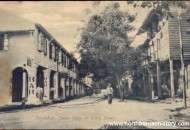
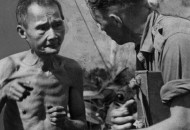


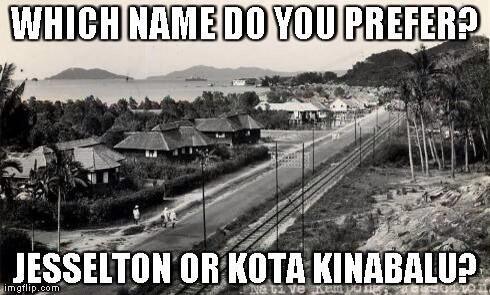
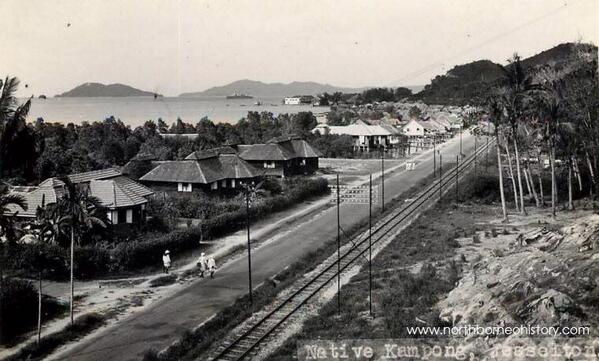
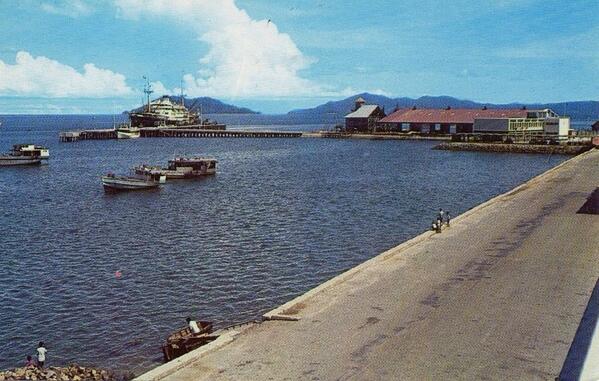
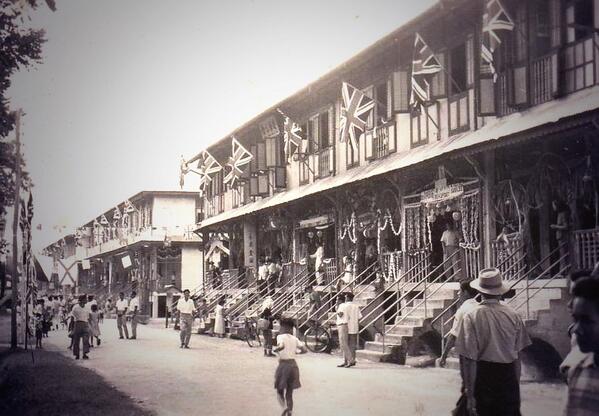
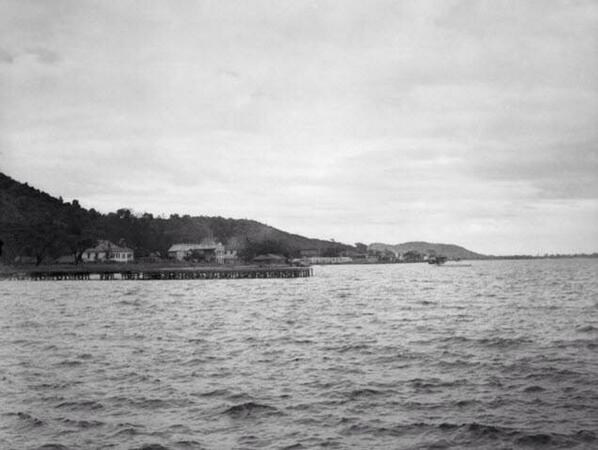
I’m glad to hear that Philippe Funk’ s father – Mr. Fung Tain Yew (Fung Chung Meng) used to serve in Taiping Tien-Kuo. I wonder how many of the early Chinese immigrants, especially the Hakkas, were also related to Taiping Tien-Kuo.
I met a lady and her daughter who wanted to trace back her root. Met her in Hong Kong throuht friend. She is one of the descendant of the Funk’s family. She lives in UK. They went to China to trace but unsuccessful. Would you like to contract her?
I read about an article on the Tai Ping rebellion in an English magazine in Shanghai laughing at the descentants of the Tai Ping. They have no idea but bull shit. It is sad, not many people know about these part of the history of China.
Would you please give me her contact info. I am also a descendant…would love to compare notes. Thank you.